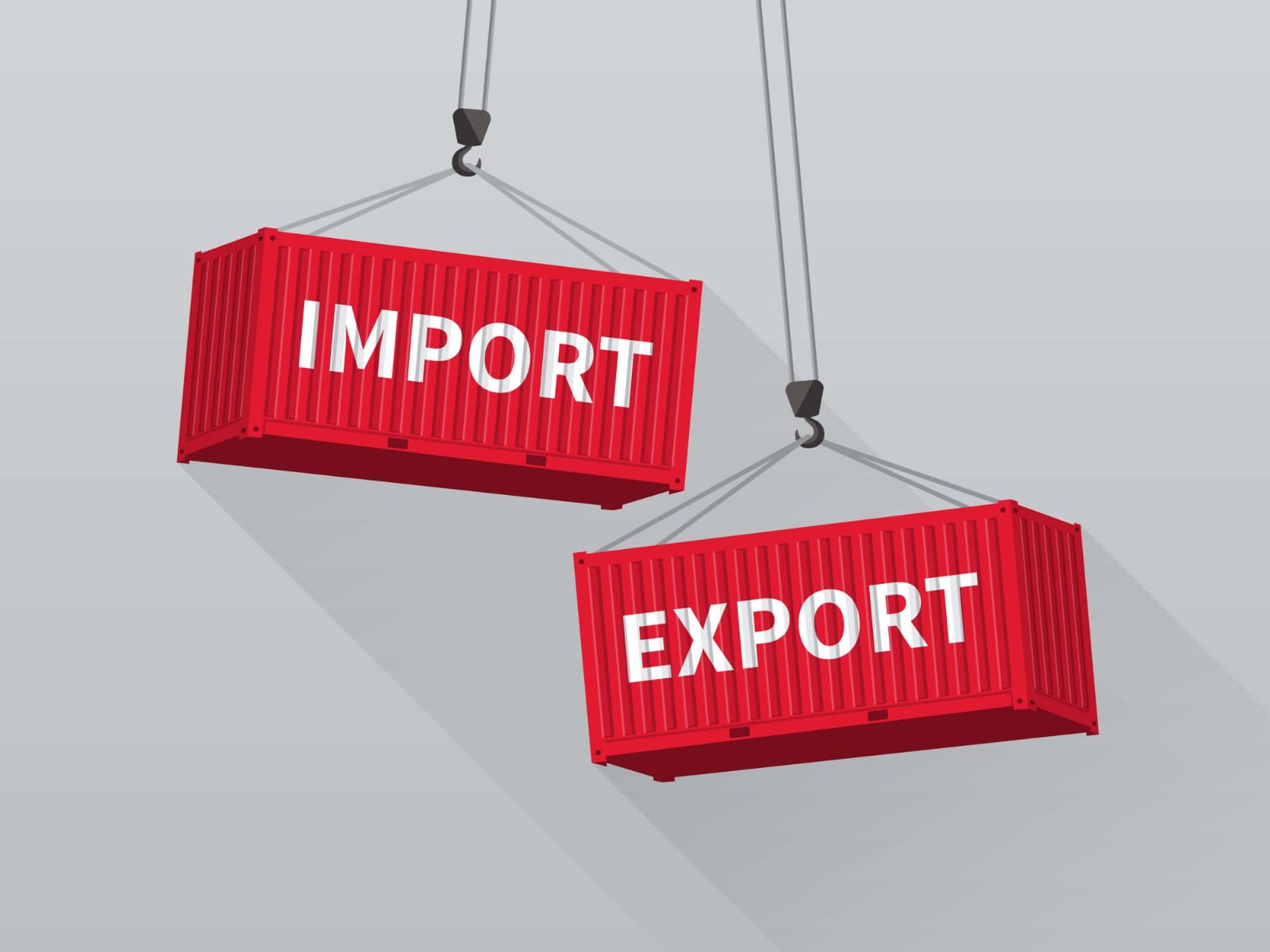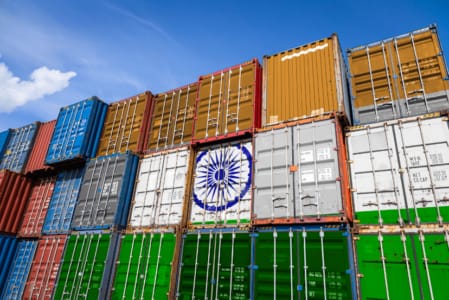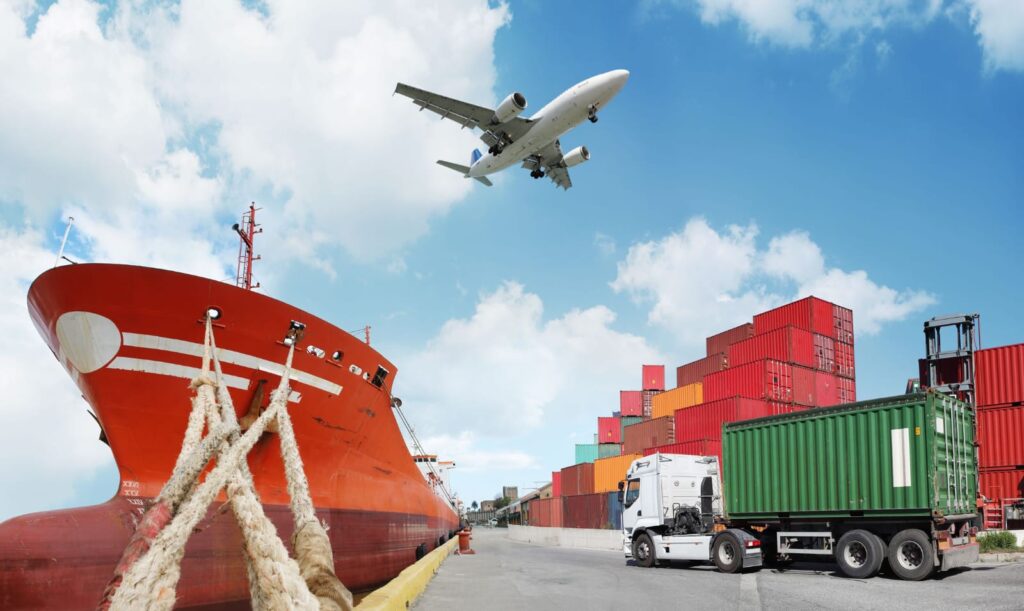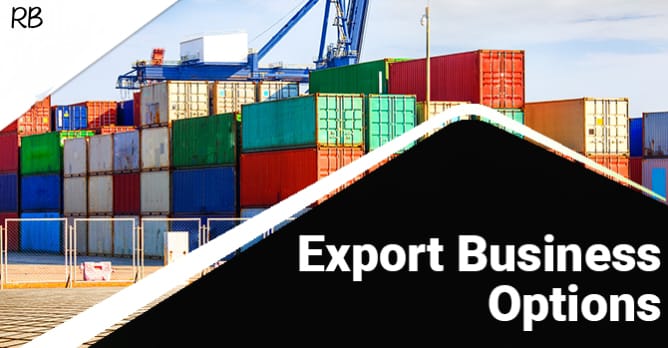🔍 Introduction
India is becoming a global hub for quality products — thanks to the “Make in India” initiative and rising global demand for Indian goods like spices, textiles, handicrafts, and ayurvedic products. If you’re a beginner and want to learn how to export Indian products abroad, this step-by-step guide will help you understand the entire process.
📚 Table of Contents:
1. What is Export?
2. Benefits of Exporting from India
3. Legal Registrations Needed for Export
4. How to Choose the Right Product to Export
5. How to Research Export Markets
6. Export Documentation
7. Packing and Labeling Requirements
8. Pricing and Payment Terms
9. Logistics and Shipping Process
10. How to Find Buyers for Export
11. How to Receive Payments from International Buyers
12. Government Schemes & Support for Exporters
13. Common Export Challenges and Solutions
14. FAQs on Exporting from India
15. Final Tips for Beginner Exporters

BUY NOW:
1. 🌐 What is Export?
Export means selling goods or services from your country to a foreign country for commercial purposes.
Types of exports:
Direct Export – Selling directly to the foreign buyer.
Indirect Export – Selling through an intermediary like an export house or agent.
2. ✅ Benefits of Exporting from India:
- Earn foreign currency
- Expand your business globally
- Get government incentives like RoDTEP (Remission of Duties and Taxes on Exported Products) , MEIS (Merchandise Exports from India Scheme )
- Tap into new markets
- Help in boosting Indian economy

3. 📝 Legal Registrations Needed for Export from India:
a. PAN Card
A valid PAN card in your name or business name is required.
b. Business Registration
Register your business as:
- Sole Proprietorship
- Partnership Firm
- LLP (Limited Liability Partnership)
- Private Limited Company
c. Import Export Code (IEC)
- Issued by DGFT (Directorate General of Foreign Trade).
- Mandatory for export and import.
- Apply online at: https://www.dgft.gov.in
d. GST Registration
- Required if your goods/services fall under GST.
e. RCMC (Registration Cum Membership Certificate)
Obtain from the relevant Export Promotion Council based on your product:
- APEDA – For food & agriculture
- FIEO – For general exporters
- EPCH – For handicrafts
4. 🎯 How to Choose the Right Product for Export:
When selecting a product to export, consider:
- High international demand
- Competitive pricing
- Ease of transportation
- Low perishability
- Available in India in bulk
Popular Indian export products:
- Spices
- Ayurvedic & herbal products
- Garments & textiles
- Leather goods
- Handicrafts
- Jewelry
- Organic food
5. 🌍 How to Research Export Markets:
You must understand:
- Which countries import your product
- Competitor pricing
- Customer preferences
- Import regulations in destination countries
Tools & Websites:
- ITC Trade Map: https://www.trademap.org
- India Trade Portal: https://www.indiantradeportal.in
Export Promotion Councils
Market study reports from FIEO, APEDA, etc.
6. 📄 Export Documentation:
Proper documentation is essential. Common export documents include:
Document Purpose
- IEC Code Export permission
Proforma Invoice Offer made to buyer
Commercial Invoice Final bill
Packing List Product details
Shipping Bill Customs clearance
Bill of Lading Shipping proof
Certificate of Origin Country where goods are made
Insurance Certificate Transit insurance
AD Code Required for receiving payment in foreign currency

7. 📦 Packing and Labeling Requirements:
Use export-quality packaging to protect goods in long transit.
Labeling should follow destination country’s regulations:
- Product name
- Quantity
- Country of origin
- Handling instructions
- Manufacturer details
8. 💰 Pricing and Payment Terms:
Set pricing carefully:
Consider cost, taxes, packaging, freight, and profit.
Currency: Usually in USD, Euro, GBP, etc.
Common Payment Terms:
- Advance Payment
- Letter of Credit (LC)
- Documents Against Payment (D/P)
- Open Account
9. 🚢 Logistics and Shipping Process:
Export logistics includes:
- Booking shipment (via air, sea, or courier)
- Loading goods
- Customs clearance
- Delivery to the foreign buyer
Modes of Shipping:
- Air Freight – Fast but expensive
- Sea Freight – Cost-effective for large consignments
- Courier – Best for small packages
Hire freight forwarders or logistics partners like DHL, FedEx, Maersk, etc.
10. 🔍 How to Find Buyers for Export:
a. Online Marketplaces
- Alibaba
- IndiaMART
- TradeIndia
- ExportersIndia
b. B2B Portals
- GlobalSources
c. Participate in:
- Trade fairs
- International expos
- Virtual B2B meetings
d. Use LinkedIn to connect with importers

11. 💵 How to Receive Payment from Buyers:
- Open a current account with AD code
- Payment comes in foreign currency
- Use Export Invoice and FIRC (Foreign Inward Remittance Certificate) to show proof of payment
- Banks involved: SBI, HDFC, ICICI, Axis, etc.
12. 🏛️ Government Schemes & Support:
a. RoDTEP – Refund of duties & taxes on exported goods
b. MEIS – Merchandise Exports from India Scheme
c. EPCH, APEDA, FIEO support – Market access, training, and certifications
d. Niryat Bandhu Scheme – For new exporters
e. Interest Subsidy Scheme – Cheaper loans for exporters
13. ⚠️ Common Export Challenges & Solutions:
Challenge Solution
- Finding buyers Use online portals & EPC help
Documentation errors Hire CHA or export consultant
Payment delays Use LC or verified buyers
Shipping delays Choose reliable logistics
Quality rejection Ensure product quality & compliance
14. ❓ FAQs:
Q. Can I export without IEC?
No, it is mandatory to get IEC from DGFT.
Q. What is the minimum investment to start exporting?
Can start with ₹50,000–₹1 lakh if small scale.
Q. Is GST applicable on exports?
Exports are zero-rated, but you need GST registration.
15. 🏁 Final Tips for Beginners:
- Start small with 1-2 products.
- Focus on quality and packaging.
- Research your target market well.
- Join export training by DGFT or EPCs.
- Always ensure legal compliance.
Be consistent and build trust with buyers.👍


1 thought on “How to Export-Made in India Products? Step-by-Step Process for Beginners 2025”